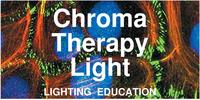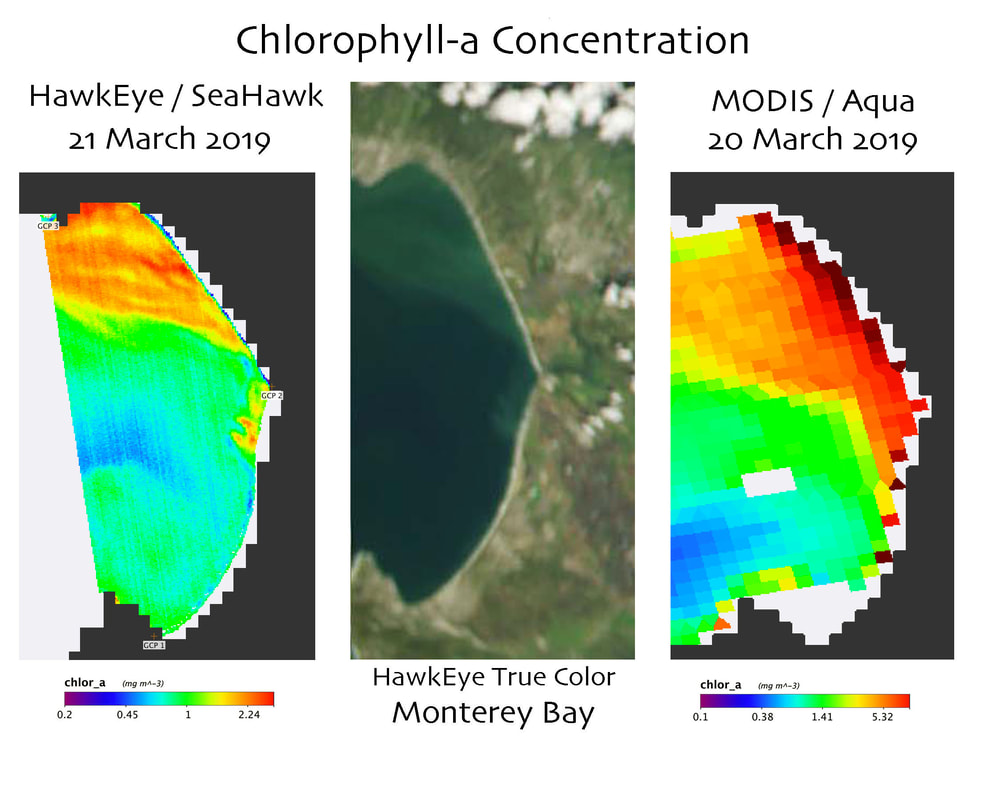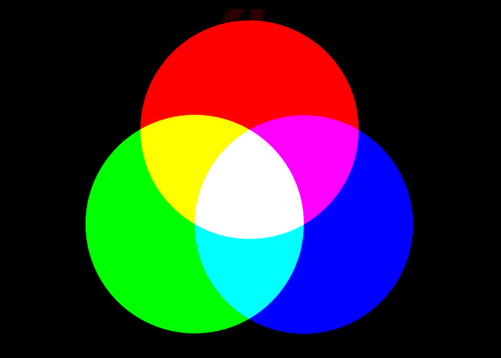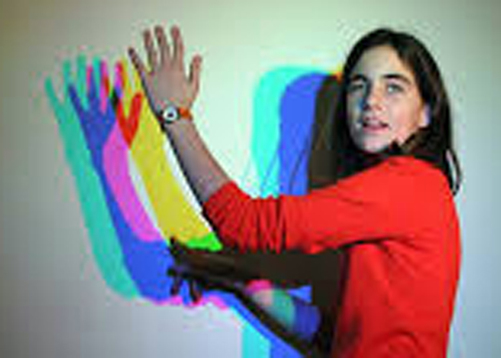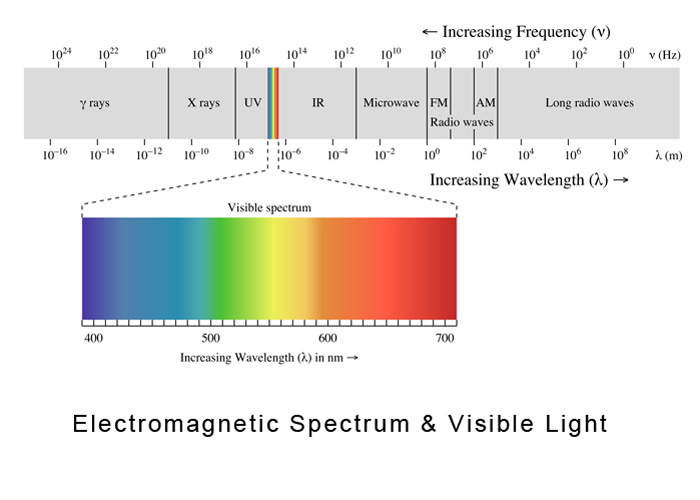Color In Space
Color Photography from Space. What does it take to scan for changes in lakes and rivers using a tiny camera in space?
Learning Objectives
Color in Light
Color film
Photographing Earth from Space Color scanning Cubesat filming NASA Aerospace SeaHawk CubeSat HawkEye | SeaHawk CubeSatOcean color Cubesat named SeaHawk that was launched along with 63 other spacecraft on a SpaceX Falcon-9 rocket on 3 December 2018.
With a production cost of $750,00 SeaHawk favorably compares with $240,000,000 Modis images for understanding Chlorophyll-a Concentrations in Monterey Bay. https://oceancolor.gsfc.nasa.gov/forum/oceancolor/topic_show.pl?pid=44266 Ocean Color ImageJust a bit less than ten hours before the summer solstice of 2020, the Aqua/MODIS instrument captured the above view of the spring bloom in full swing in the Norwegian Sea.
Responsible NASA Official: Gene C. Feldman Curator: OceanColor Webmaster Authorized by: Gene C. Feldman To see a color that wavelength must be in the light source. You see only the colors reflected back to you, all others are absorbed.
There is no color until light reflects from a surface; however, the color must be within the light for it to be reflected. Combine all colors in light and you get white or any three colors equidistant on the color wheel will produce white light, usually red + green + blue. Why isn't brown in the spectrum? Because brown is the combination of many colors both in light and paint. How we measure color in light? A part of the Electromagnetic Spectrum called Visible Light is measured in nanometers, nm. This information is useful when understanding the color rendering ability and color bias of various light sources when compared to daylight. The primary colors in light; red + blue-violet + green combine to make white light. The shadows in pure color light make the complimentary colors, found opposite on the color wheel, magenta, turquoise, yellow. Tri colors forming white light.
Complimentary Shadows
This photo below illustrates how complimentary shadows can be seen in color when a three primary light colors from white light, shining from different angles. Notice the light on her face shows natural color illuminated with white light; however, the shadows are bright Turquoise, Magenta, and Yellow, the secondary colors in light.
The difficulty in performing this experiment is finding pure primary light sources, in the old days we used dicro PAR lamps, or theatrical filters, today we can use Monocrhomatic or tunable LED sources for the red, blue, and green lights. Combine all colors in light and you get white or any three colors equidistant on the color wheel will produce white light, usually red + green + blue. What Wavelength Goes With a Color?
Our eyes are sensitive to light which lies in a very small region of the electromagnetic spectrum labeled 'visible light.' This visible light corresponds to a wavelength range of 400 - 700 nanometers (nm,) a color range of violet through red. The human eye is not capable of "seeing" radiation with wavelengths outside the visible spectrum although some animals and insects can. The visible colors from shortest to longest wavelength are: violet, blue, green, yellow, orange, and red. Ultraviolet radiation has a shorter wavelength than the visible violet light. Infrared radiation has a longer wavelength than visible red light. The white light is a mixture of the colors of the visible spectrum. Black is a total absence of light.
Why isn't brown in the spectrum? Brown is a mixture of colors. Depending on the light source all colors shift in appearance; however, neutral colors such as brown, beige, and grey shift even more noticeably, since they are a combination of colors. See Color Phenomena for activating a neutral another way colors appear to 'shift.' Earth's most important energy source is the Sun. Sunlight consists of the entire electromagnetic spectrum. [1] Sunlight is the basis for color comparisons of light sources, measured as Color Rendering Index (CRI) sunlight having a CRI of 100. Sunset colors are particles in the atmosphere capturing and reflecting light.
To understand why this is so, one need only recall how typical sky colors are produced. The familiar blue of the daytime sky is the result of the selective scattering of sunlight by air molecules. Scattering is the scientific term used to describe the reflection or re-direction of light by small particles .... At sunrise or sunset, sunlight takes a much longer path through the atmosphere than during the middle part of the day. Because this lengthened path results in an increased amount of violet and blue light being scattered out of the beam by the nearly infinite number of scattering "events" that occur along the way (a process collectively known as multiple scattering), the light that reaches an observer early or late in the day is noticeably reddened. Thus, it could be said that sunsets are red because the daytime sky is blue. [1]
|
Electromagnetic Spectrum & Visible LightVisible light is only part of the Electromagnetic Spectrum surrounding us, X rays;, Ultra Violet Light, UV, Visible Light, Infa Red Light, Microwaves, Radio Waves, and Long waves.
Visible Spectrum
390 to 700 Nanometers, nm, describes the wavelengths visible to the human eye.
Footnotes
Photo Credits
|
